Dynamic Vocal Microphone
In the tradition of the SM58, the dynamic Beta 58A has become the first choice among singers and professional sound engineers.
The Beta 58A is a dynamic, high-output vocals microphone designed for professional audio amplification and use in the recording studio. The supercardioid polar pattern extends over the entire transmission range and guarantees high, feedback resistant amplifications, maximum isolation from other sound sources and a minimum of off-axis sound. The contoured frequency response is ideal for close-up vocals.
Due to its robust construction, proven shock absorber system, and hardened steel windscreen, its outstanding performance is not compromised even with rough handling. Typical applications of the Beta 58A are lead vocals, backup vocals, and speech.
- Supercardioid polar pattern
- Optimised transmission range for excellent vocal quality in professional live use
- Offers the highest level of feedback safety with maximum gain and maximum suppression of background noise
- An air-sprung vibration absorber protects against impact sound and grip noise
- Frequency range: 50 - 16,000 Hz
- Maximum sound pressure level: 140.5 dB
- Output impedance: 290 Ohm
- Sensitivity: -51.5 dBV/Pa (2.66 mV)
- Dimensions (L x Ø): 160 x 50 mm
- Weight: 278 g
- Included: Clamp, 3/8" reduction thread and bag
- Suitable windscreen: Article nr 135783, matching spare basket: Article nr 148522 (both not included)


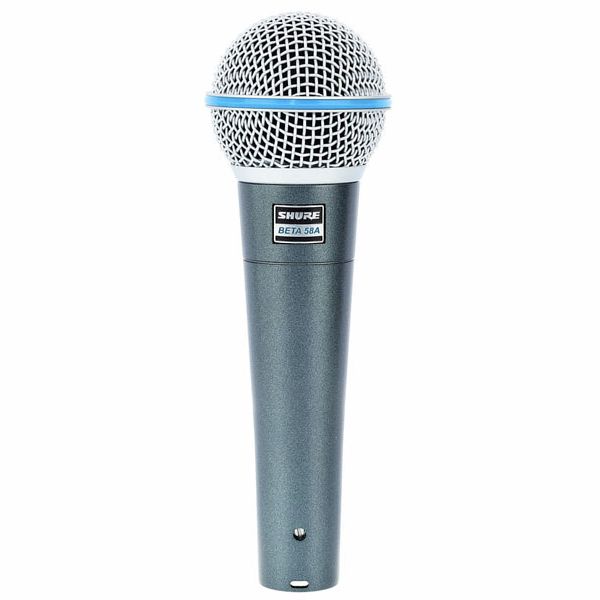
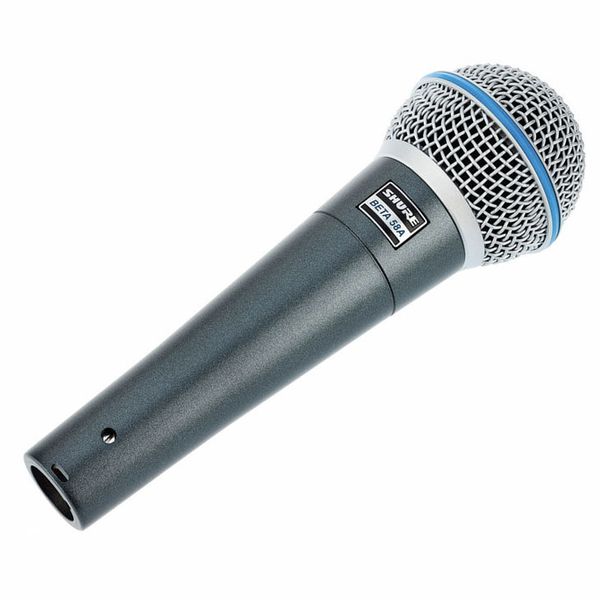
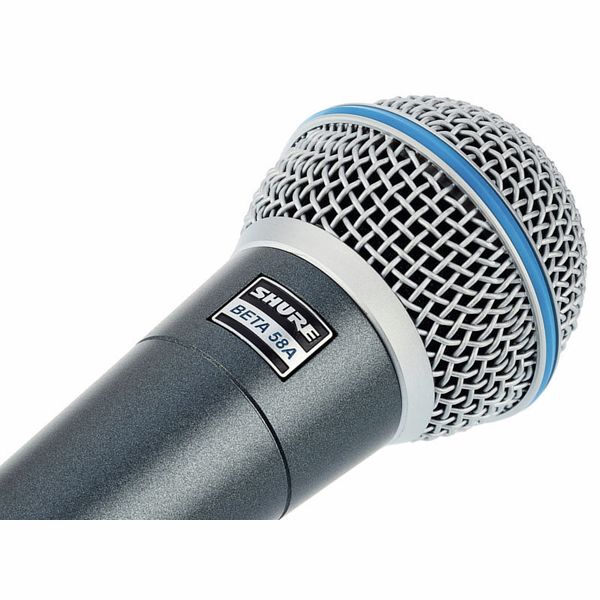
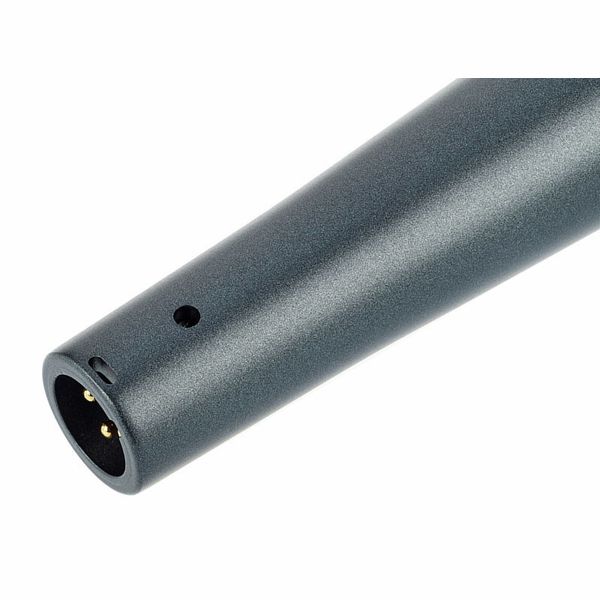
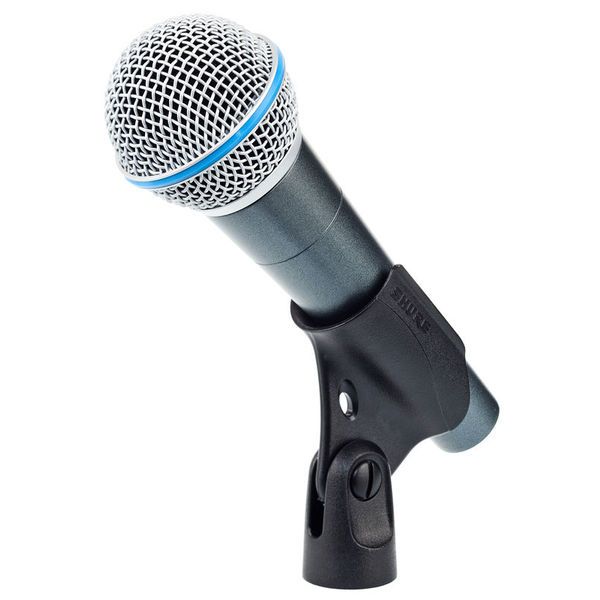
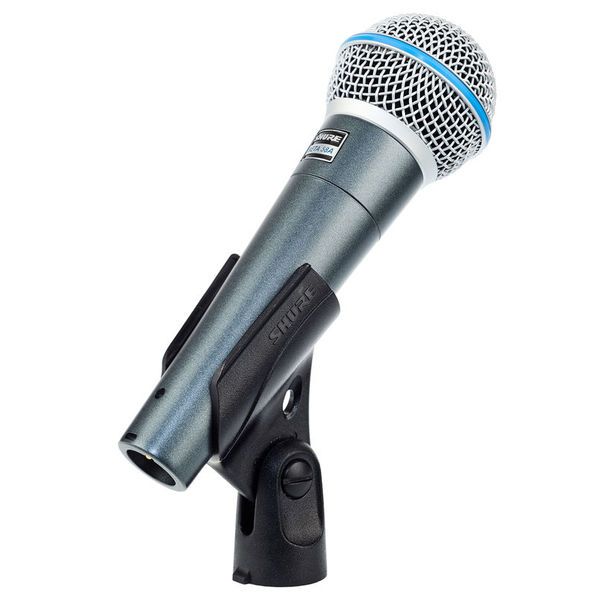
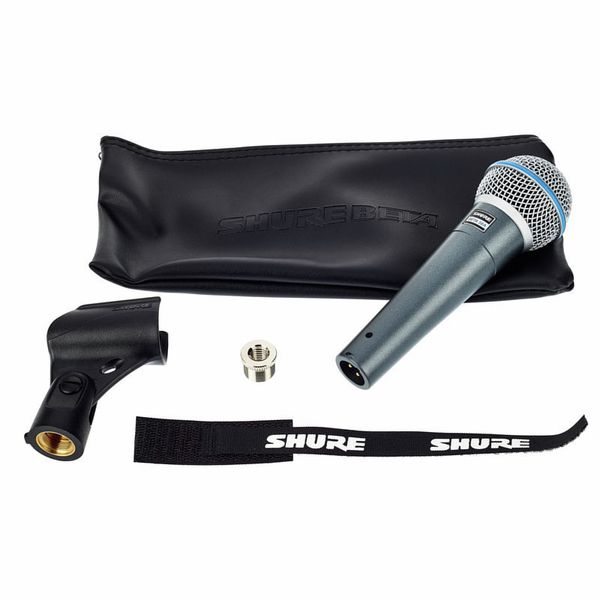












)
)
)
)
